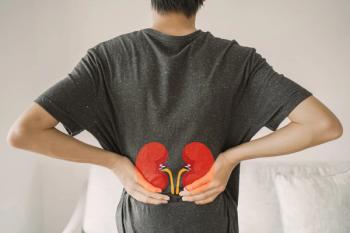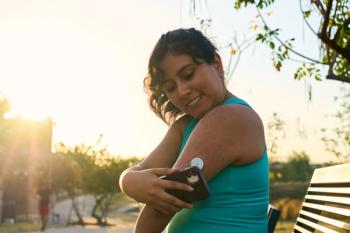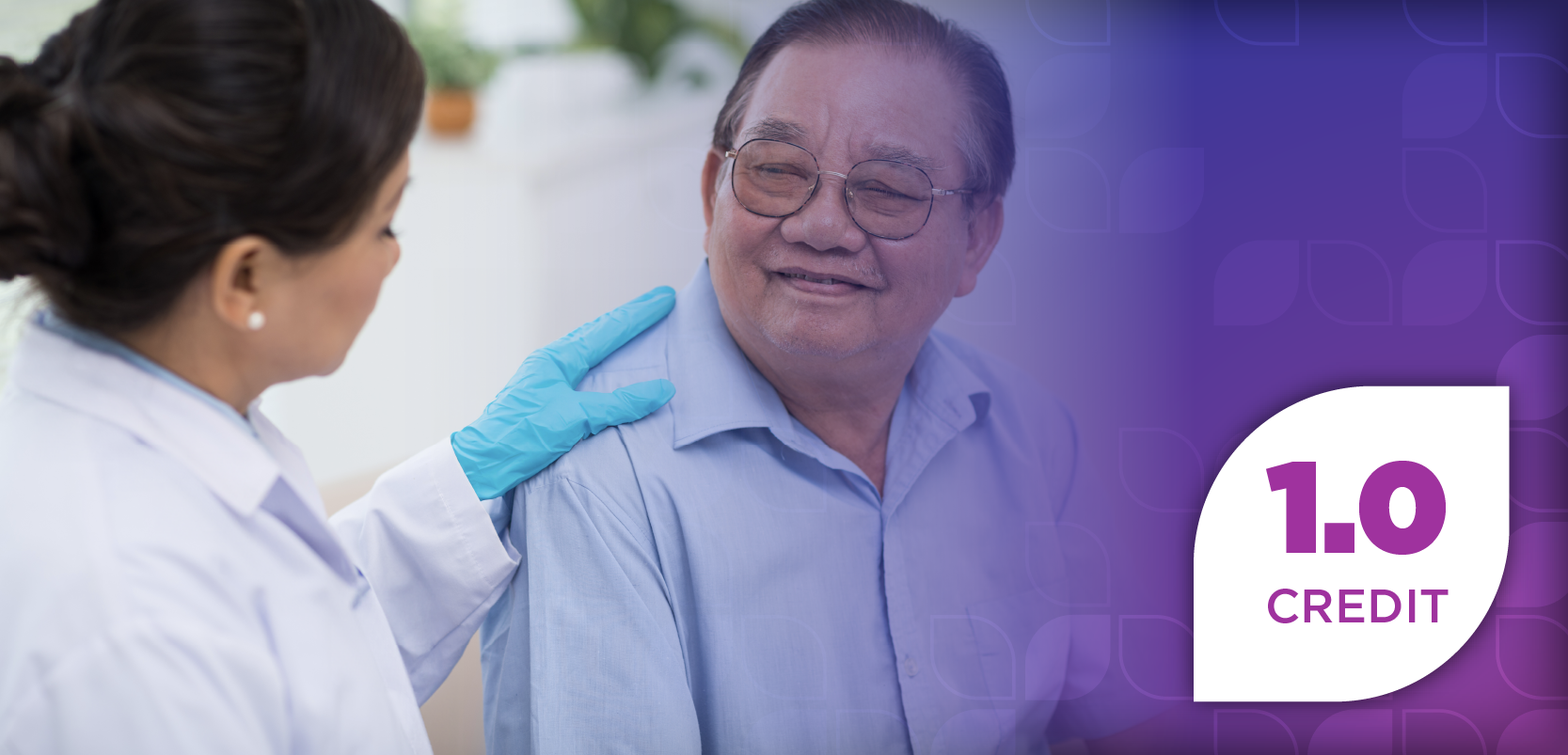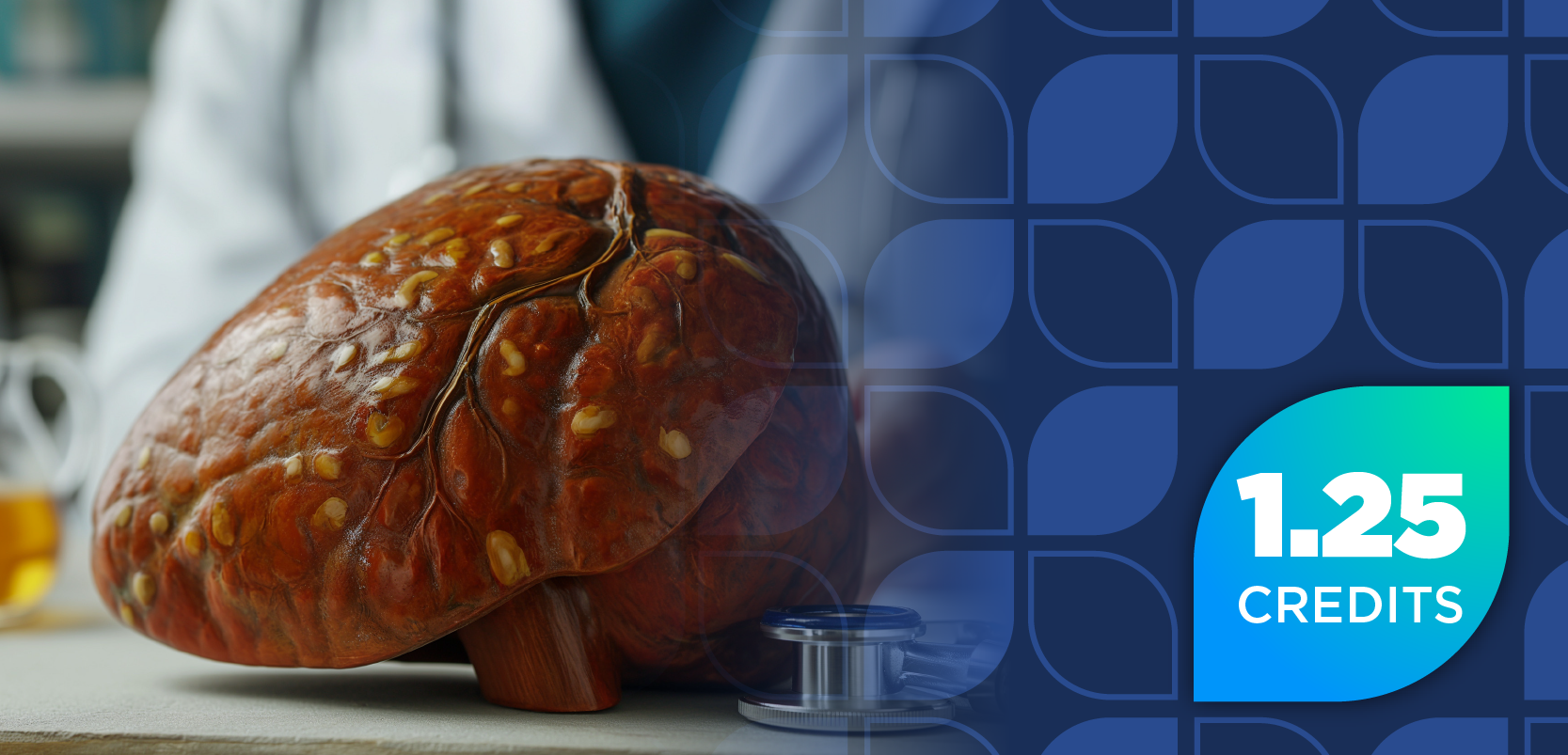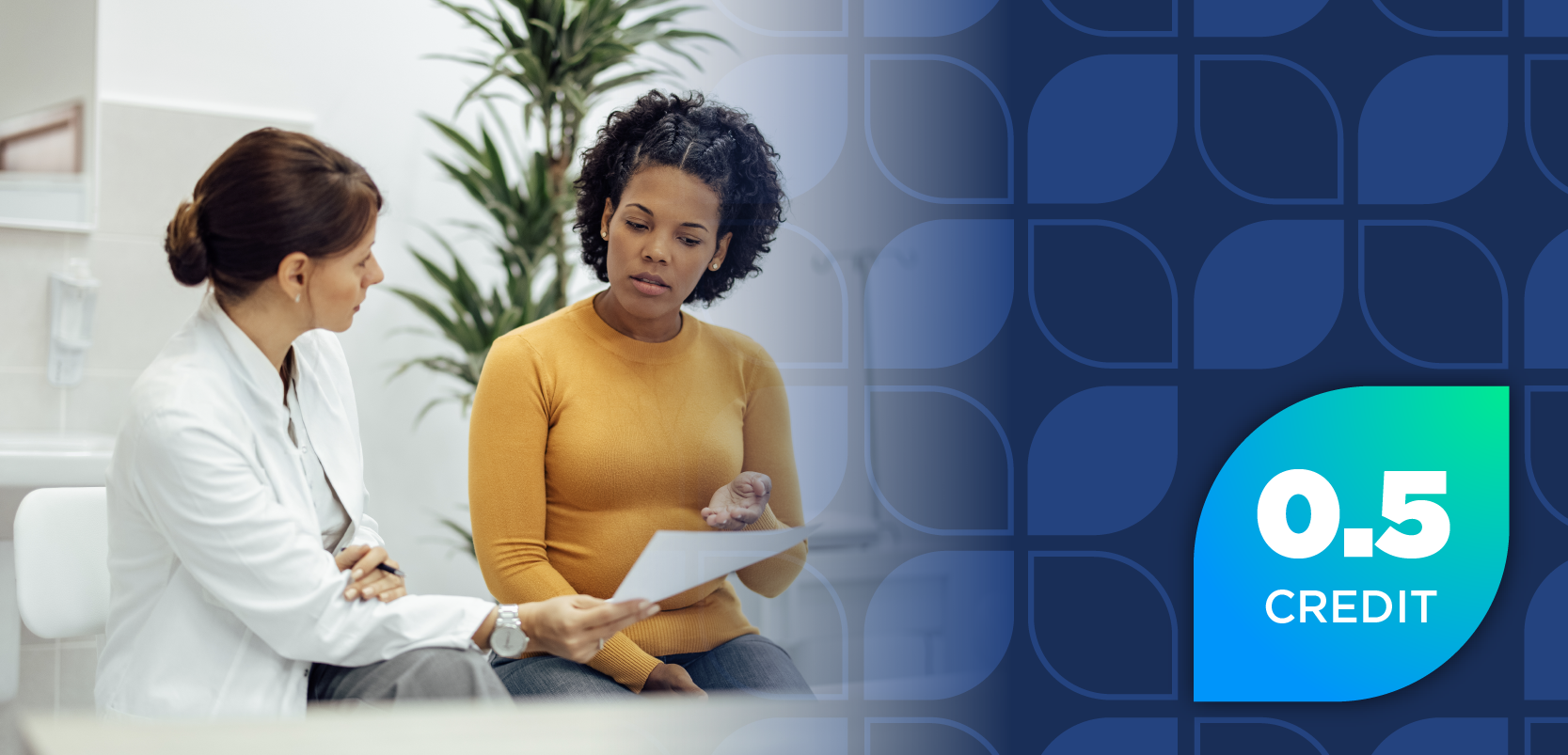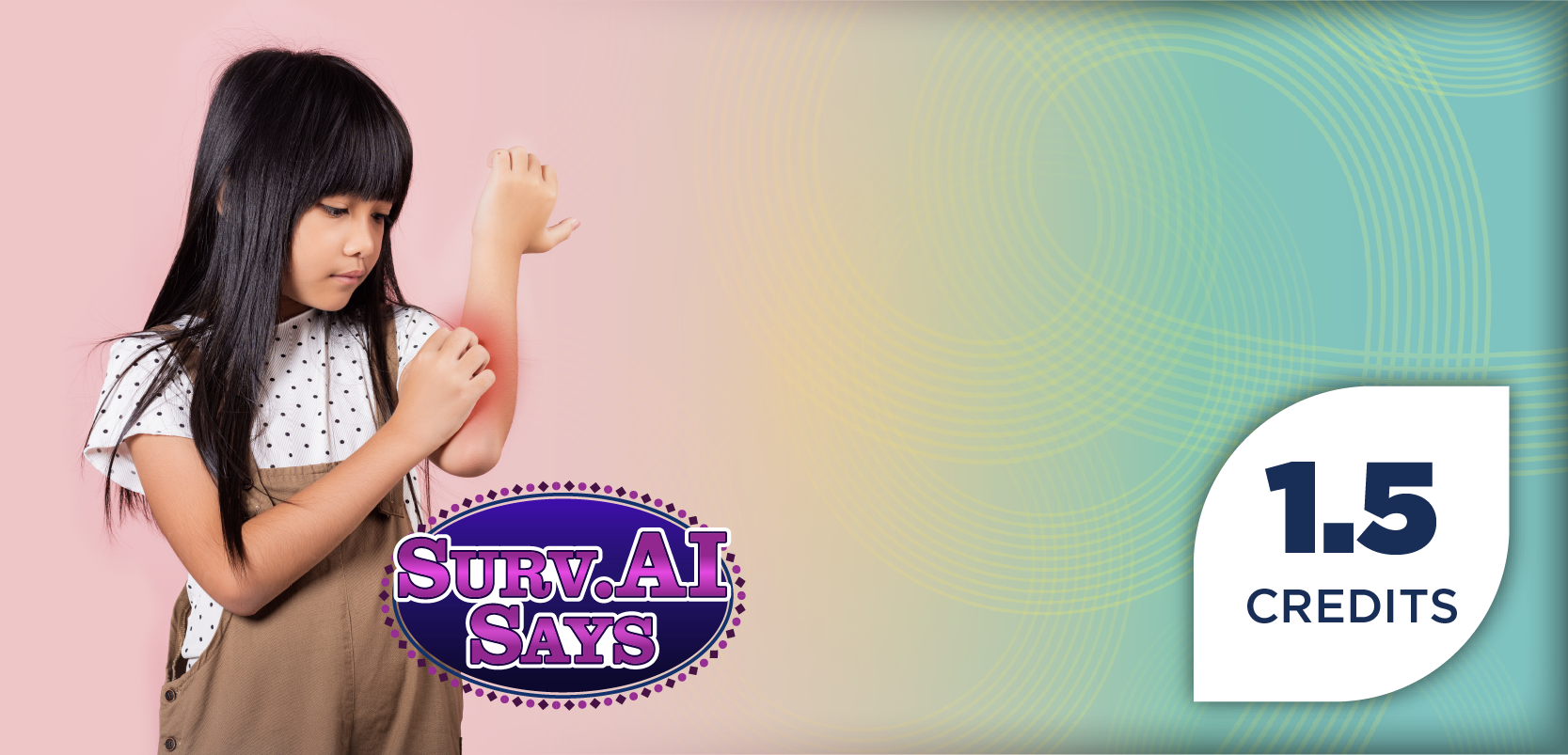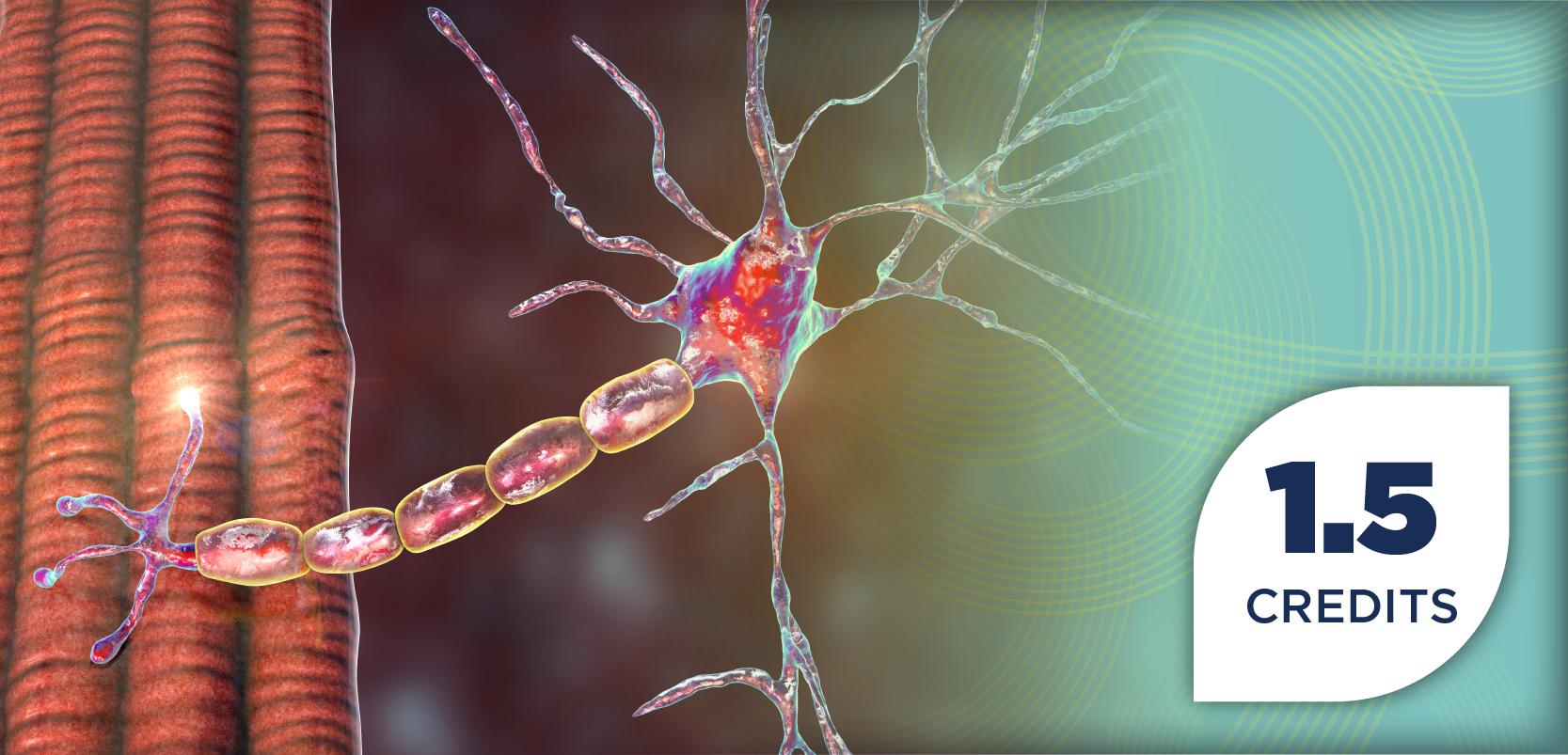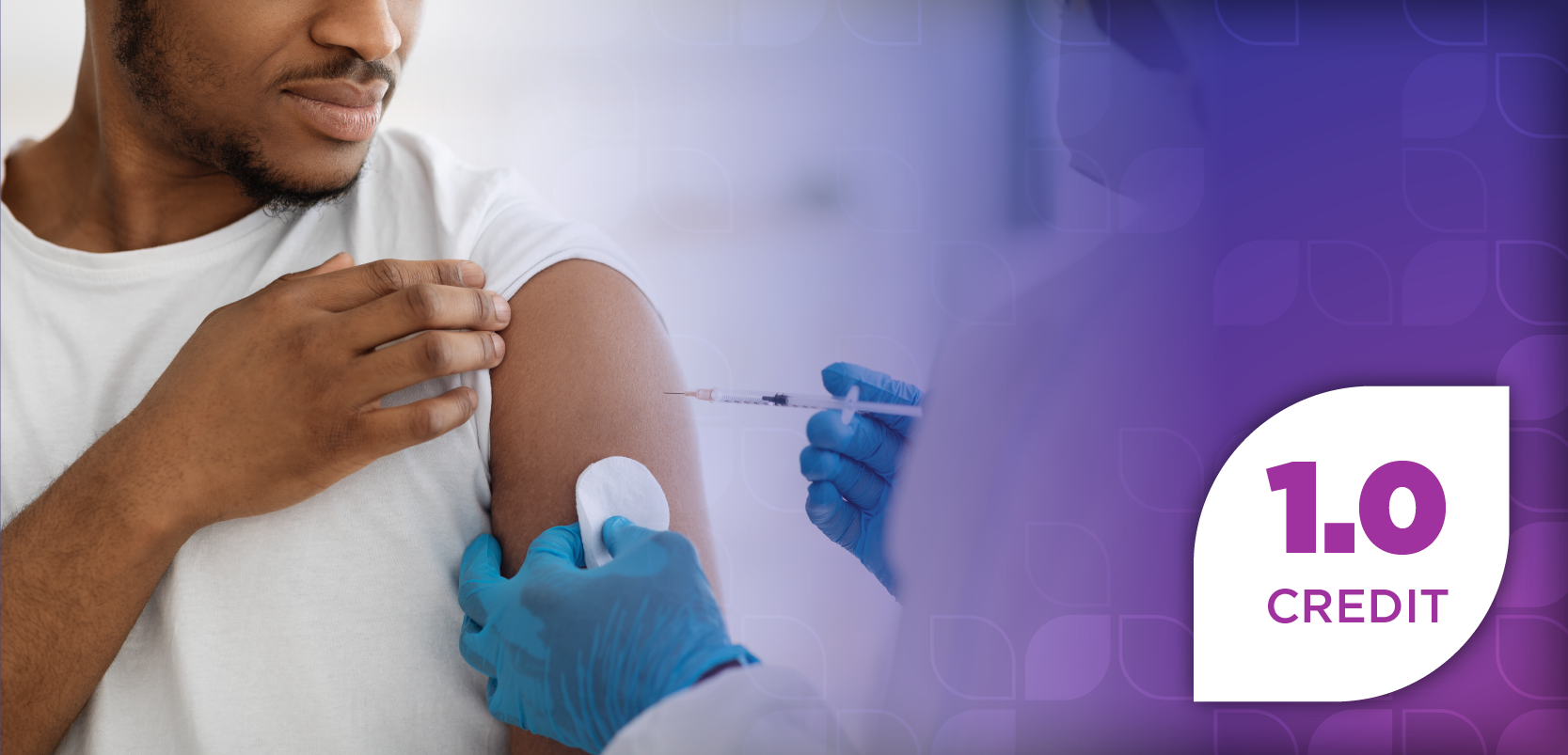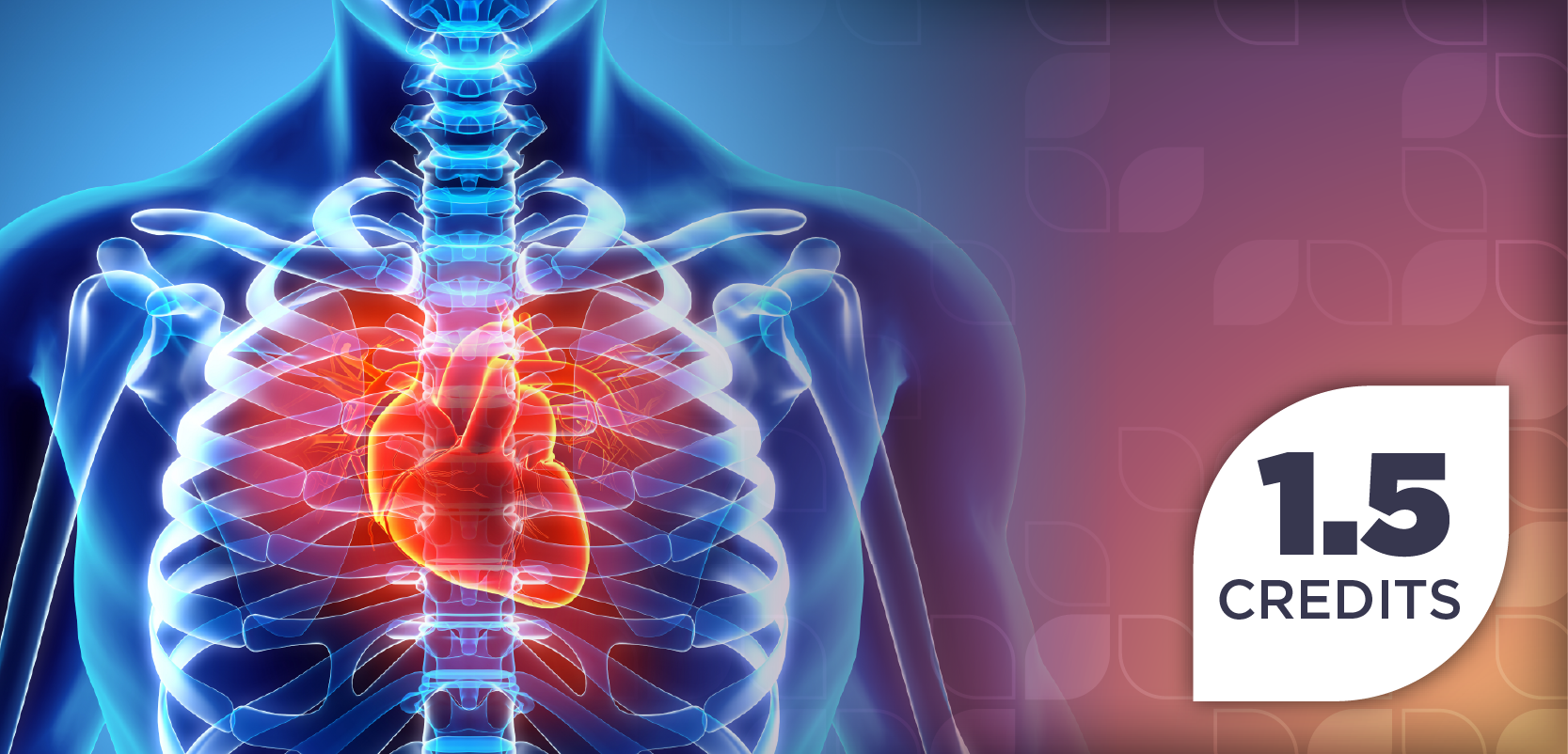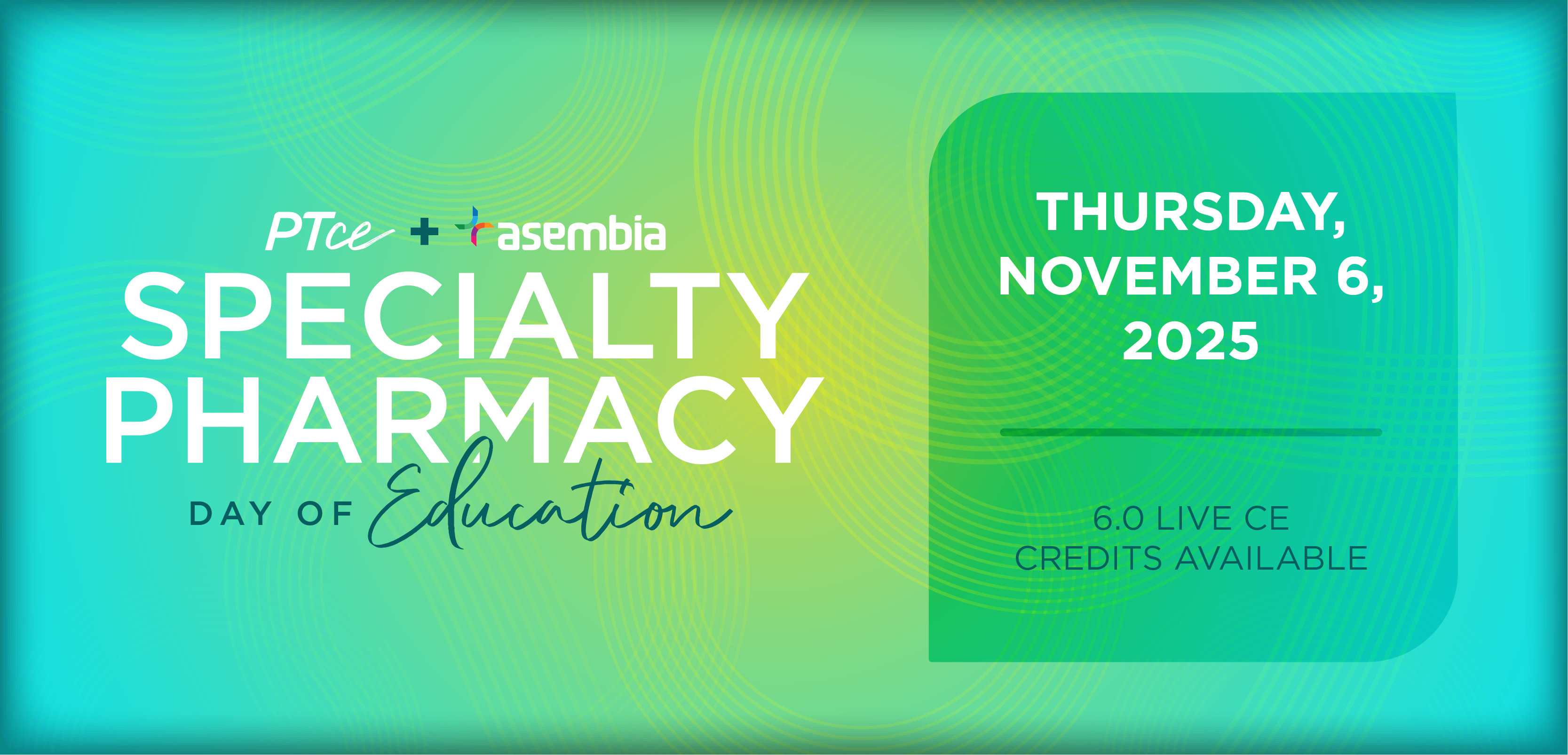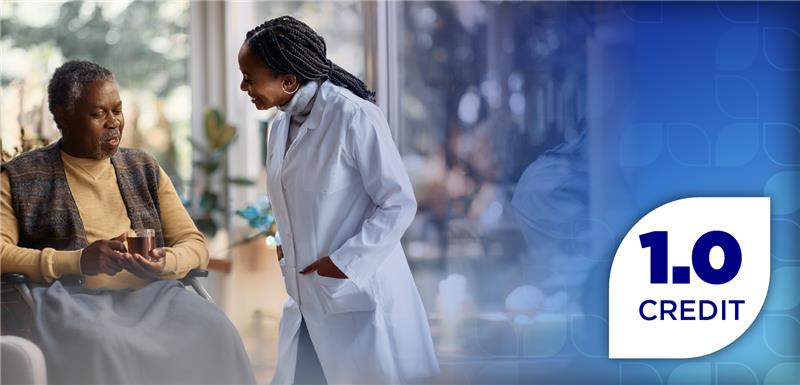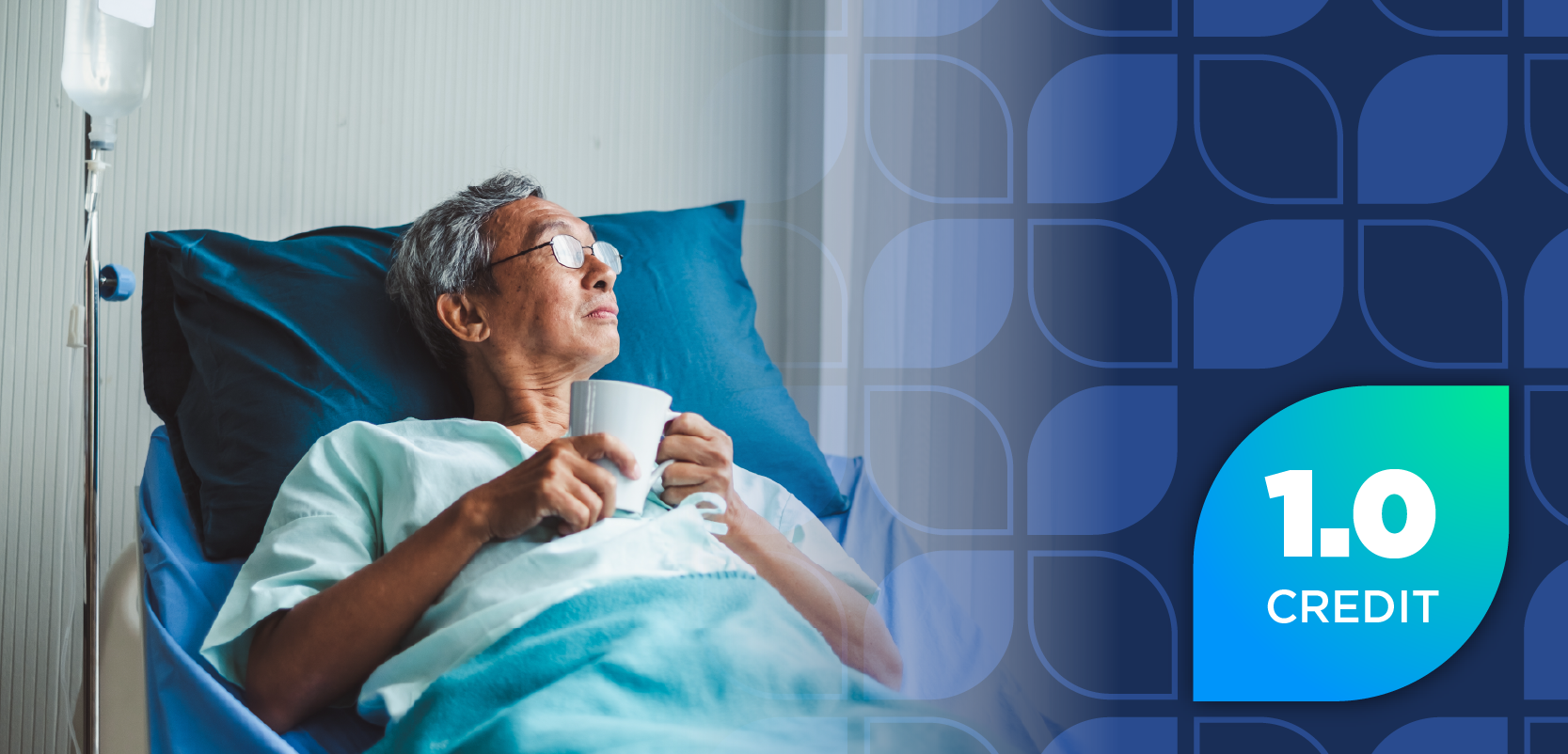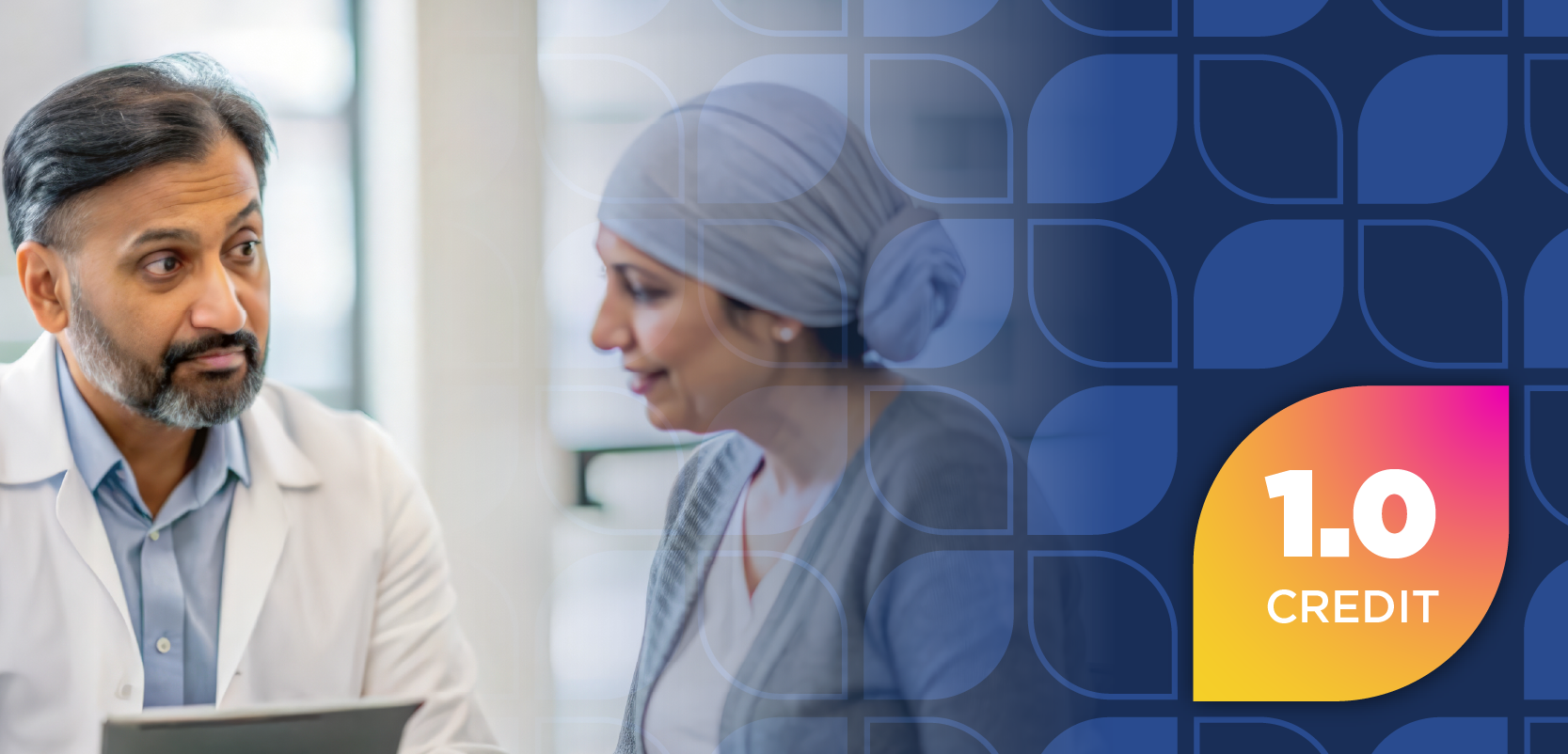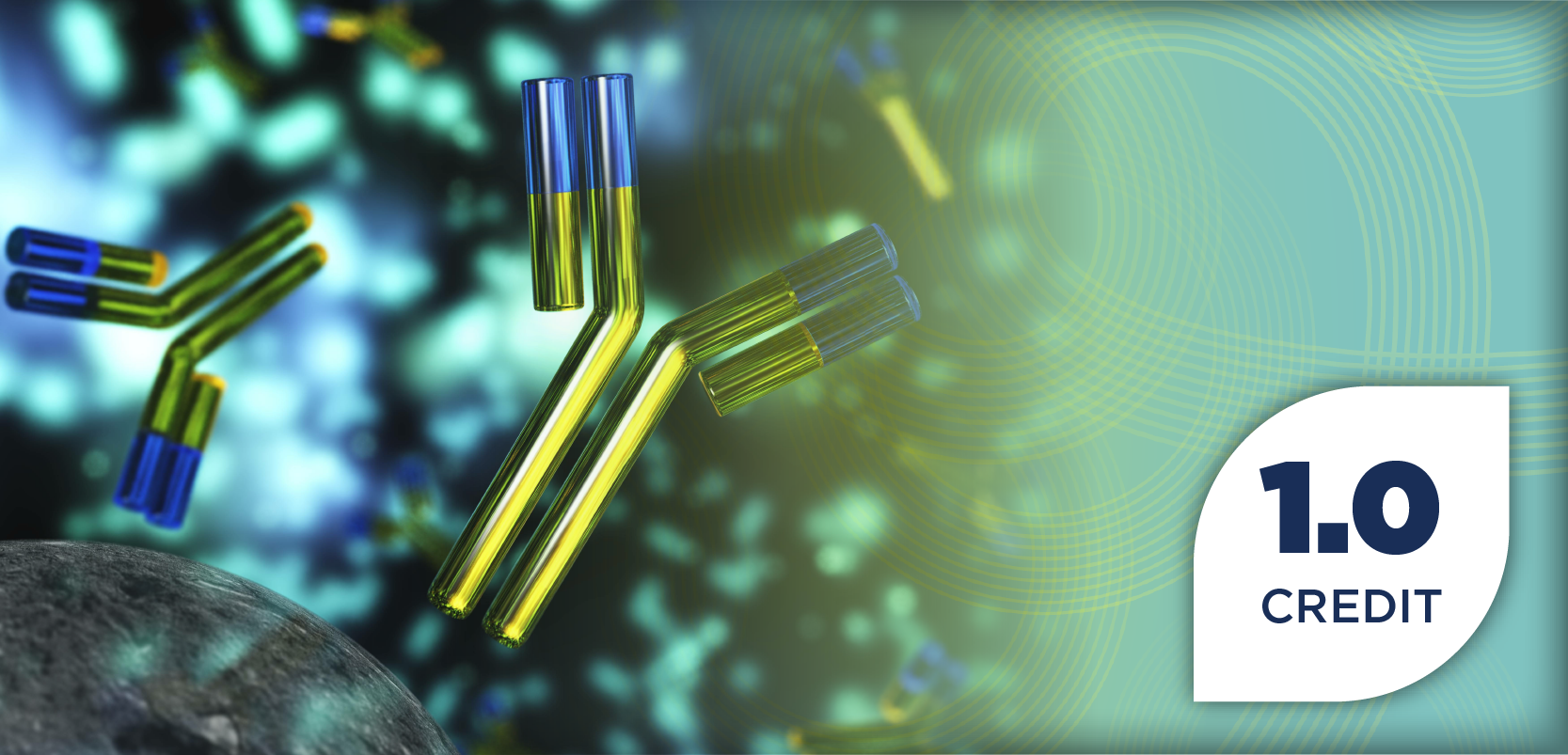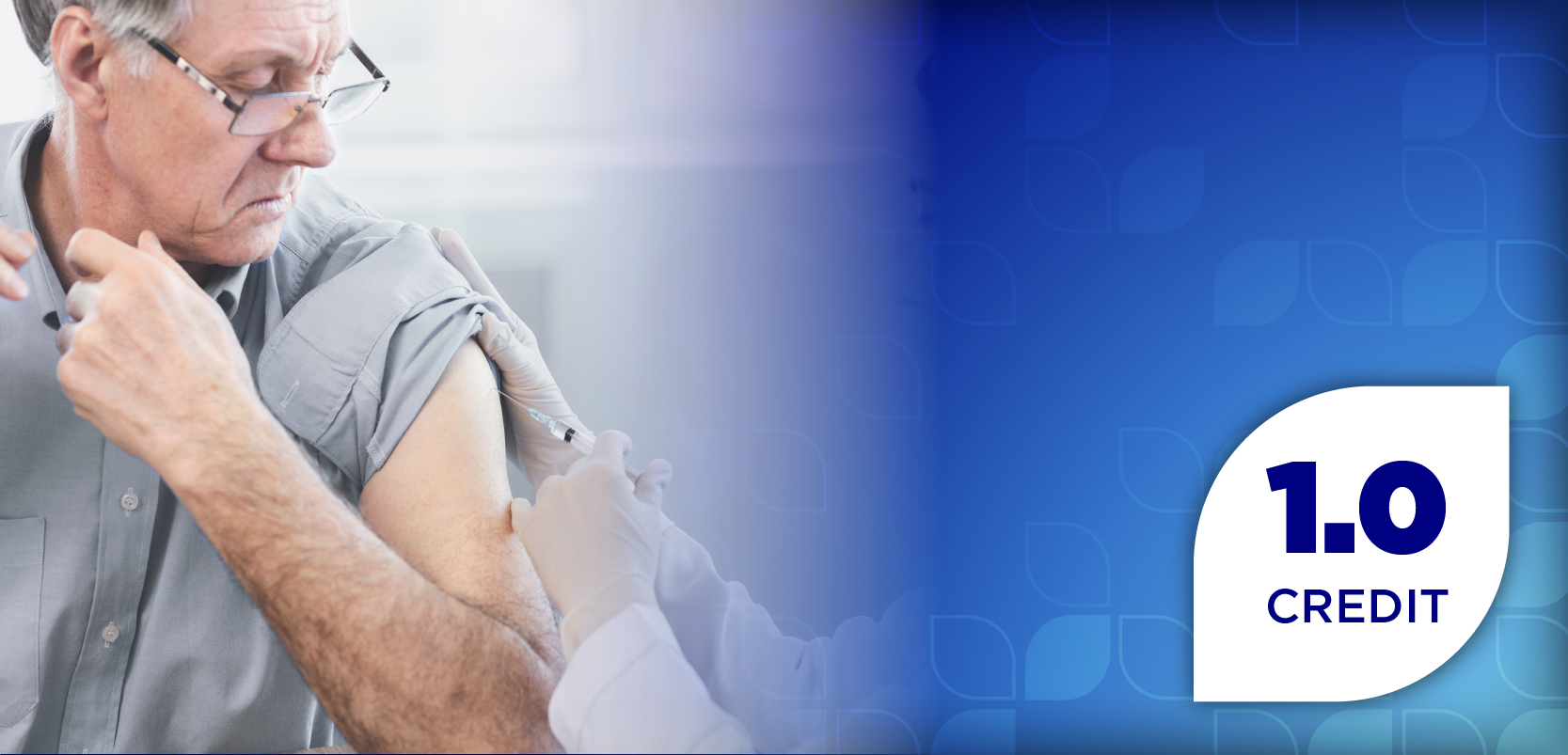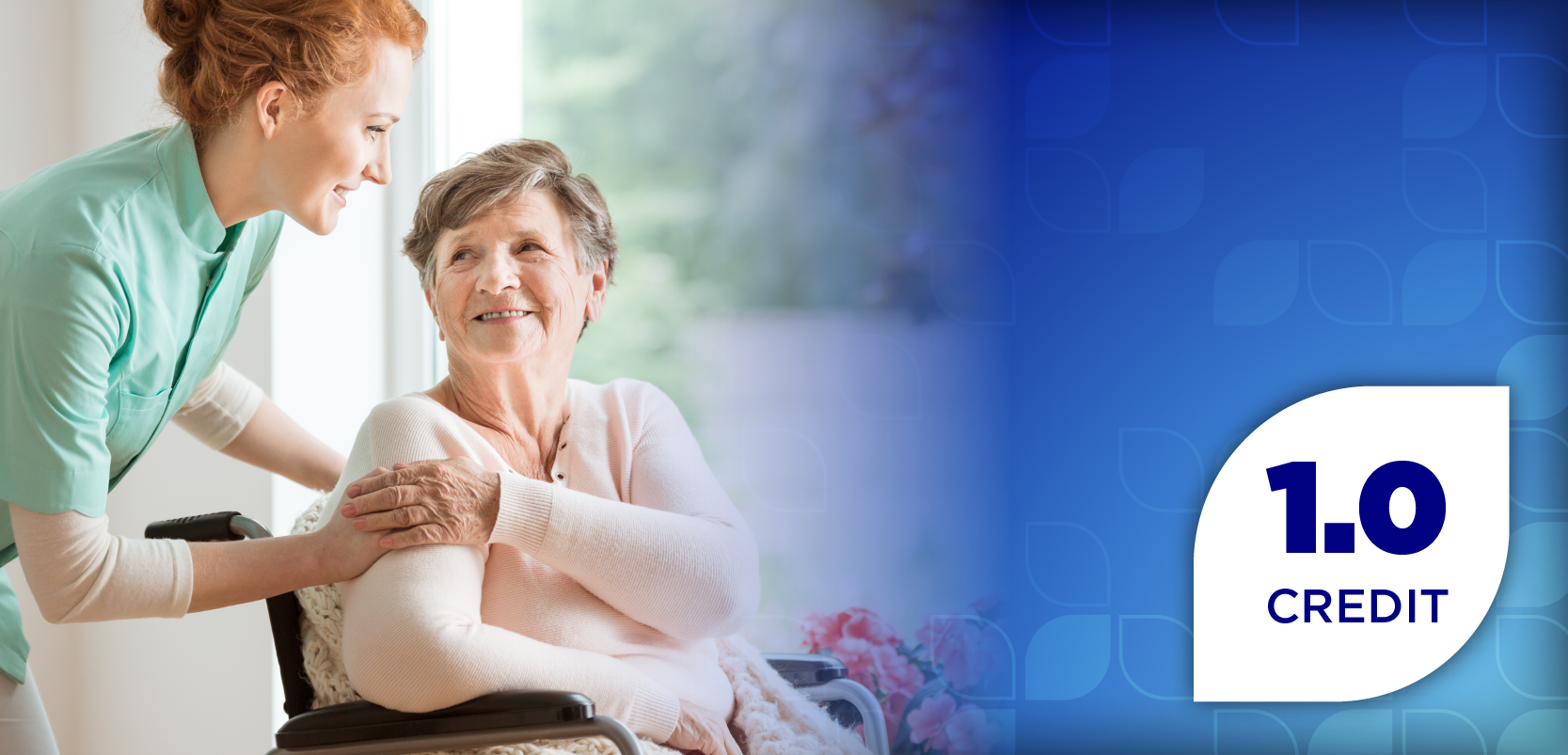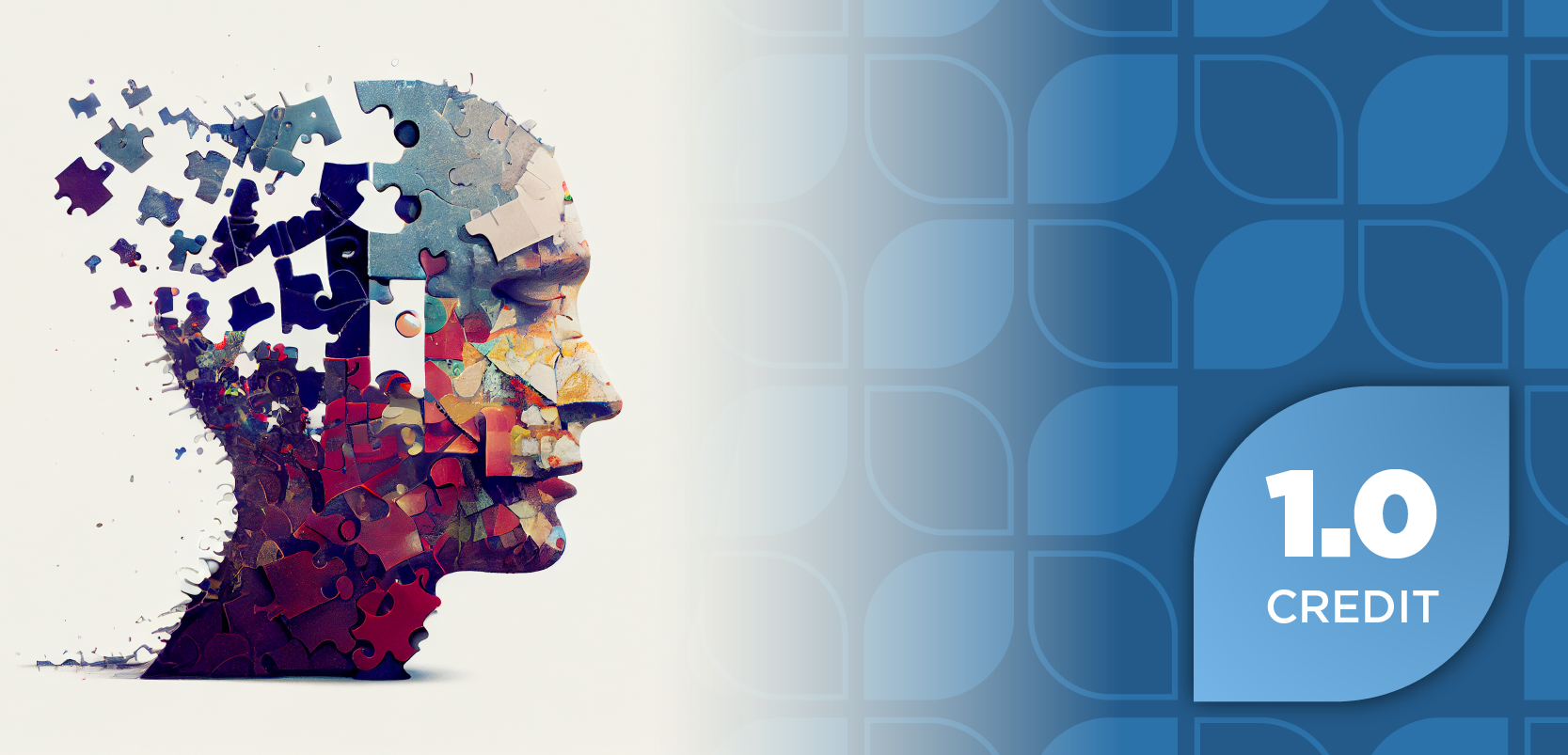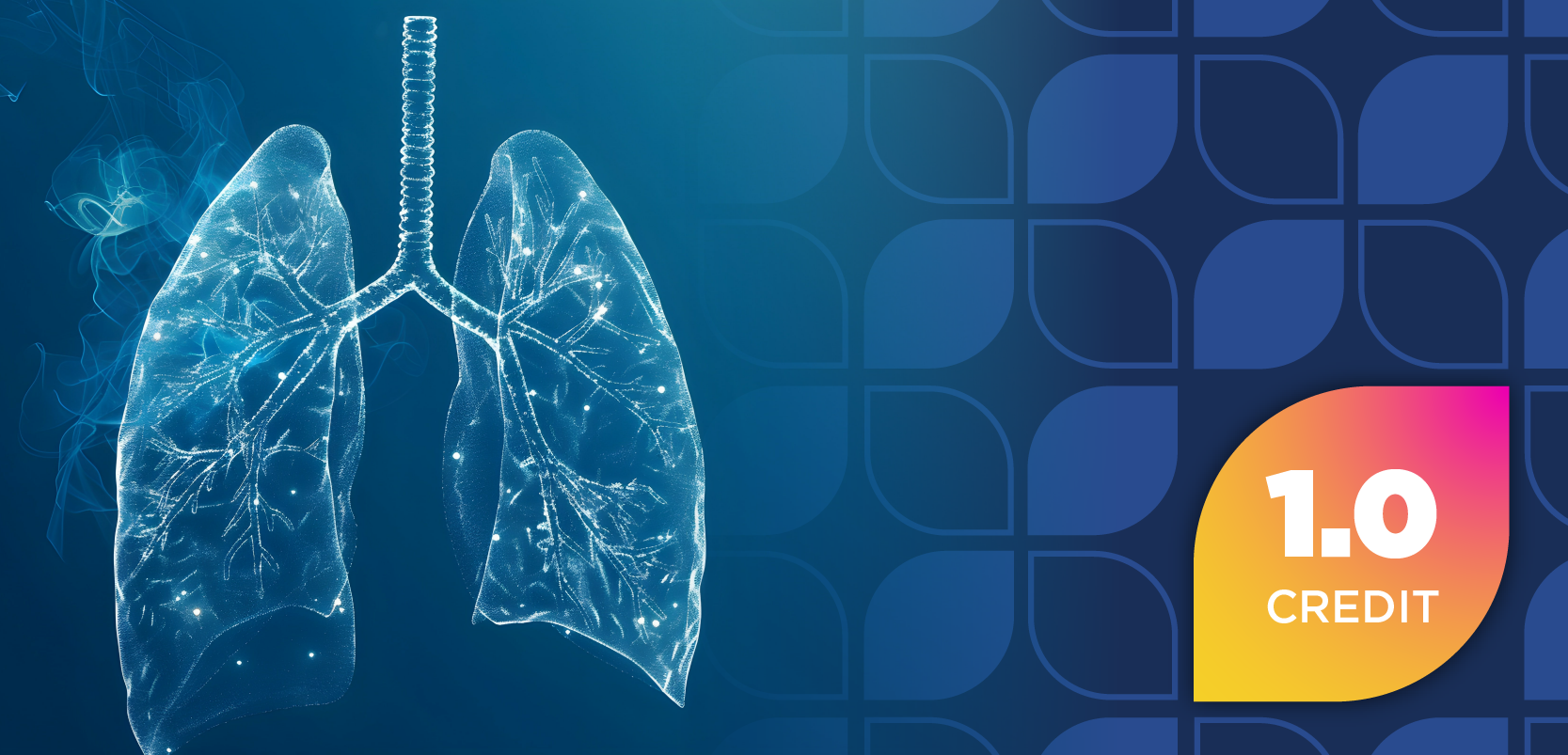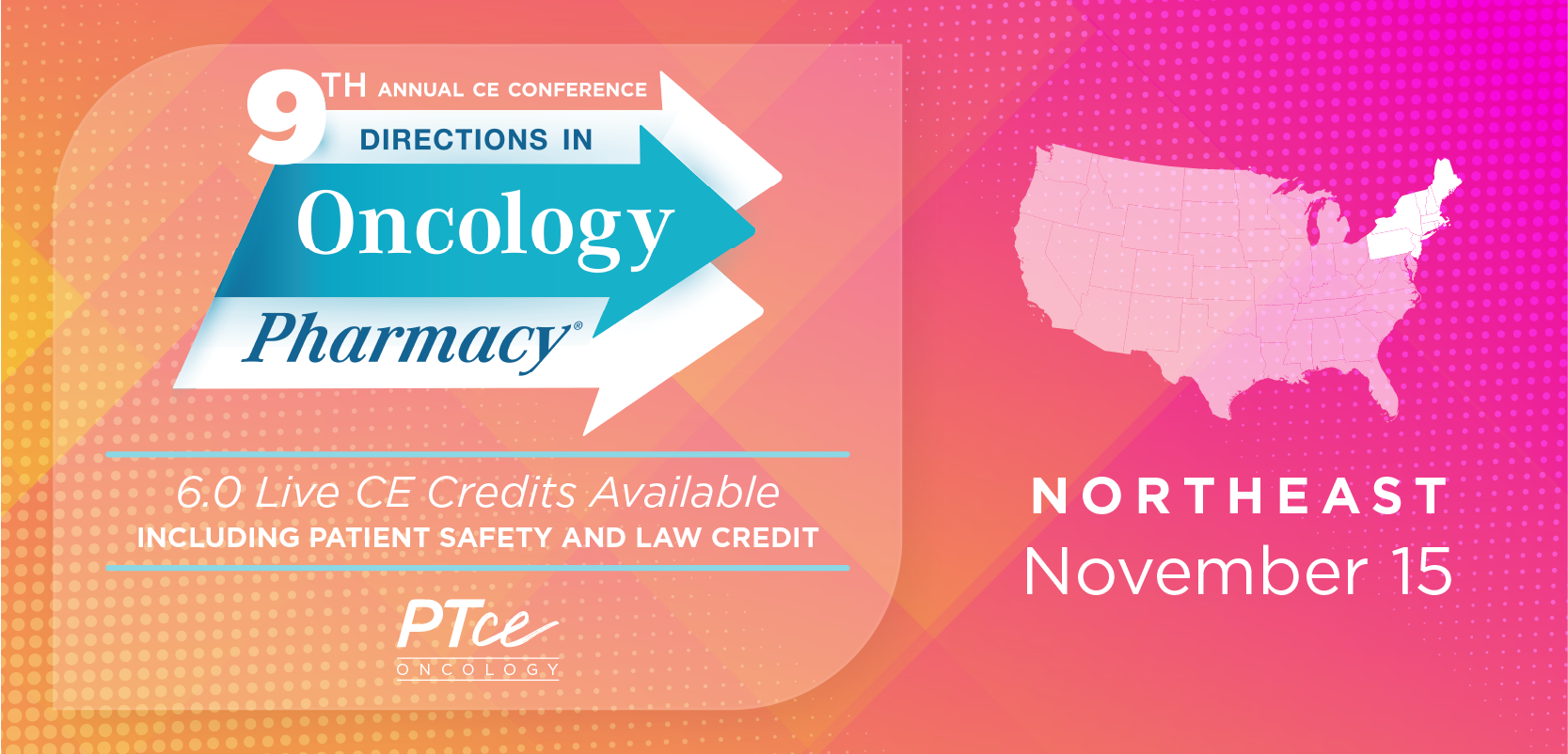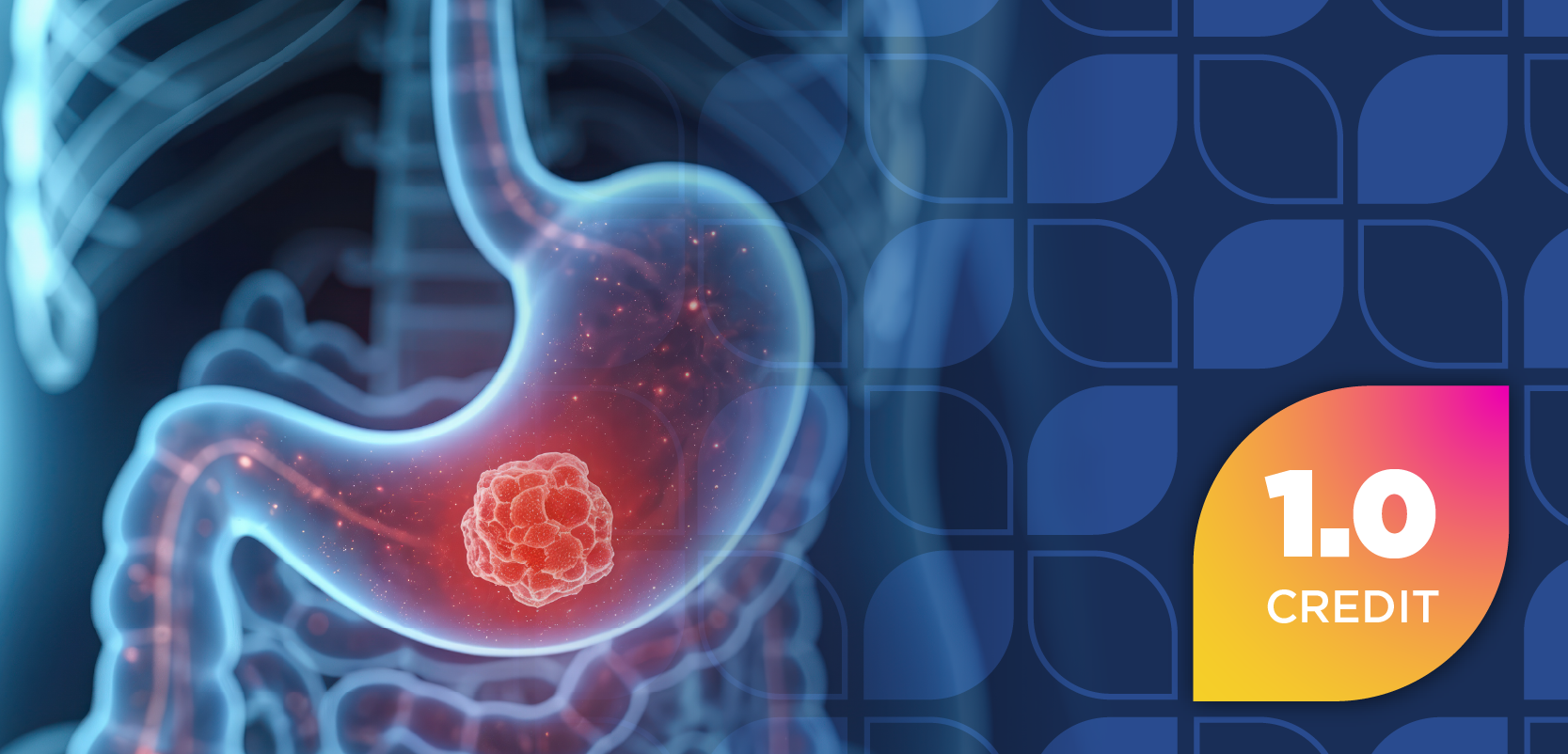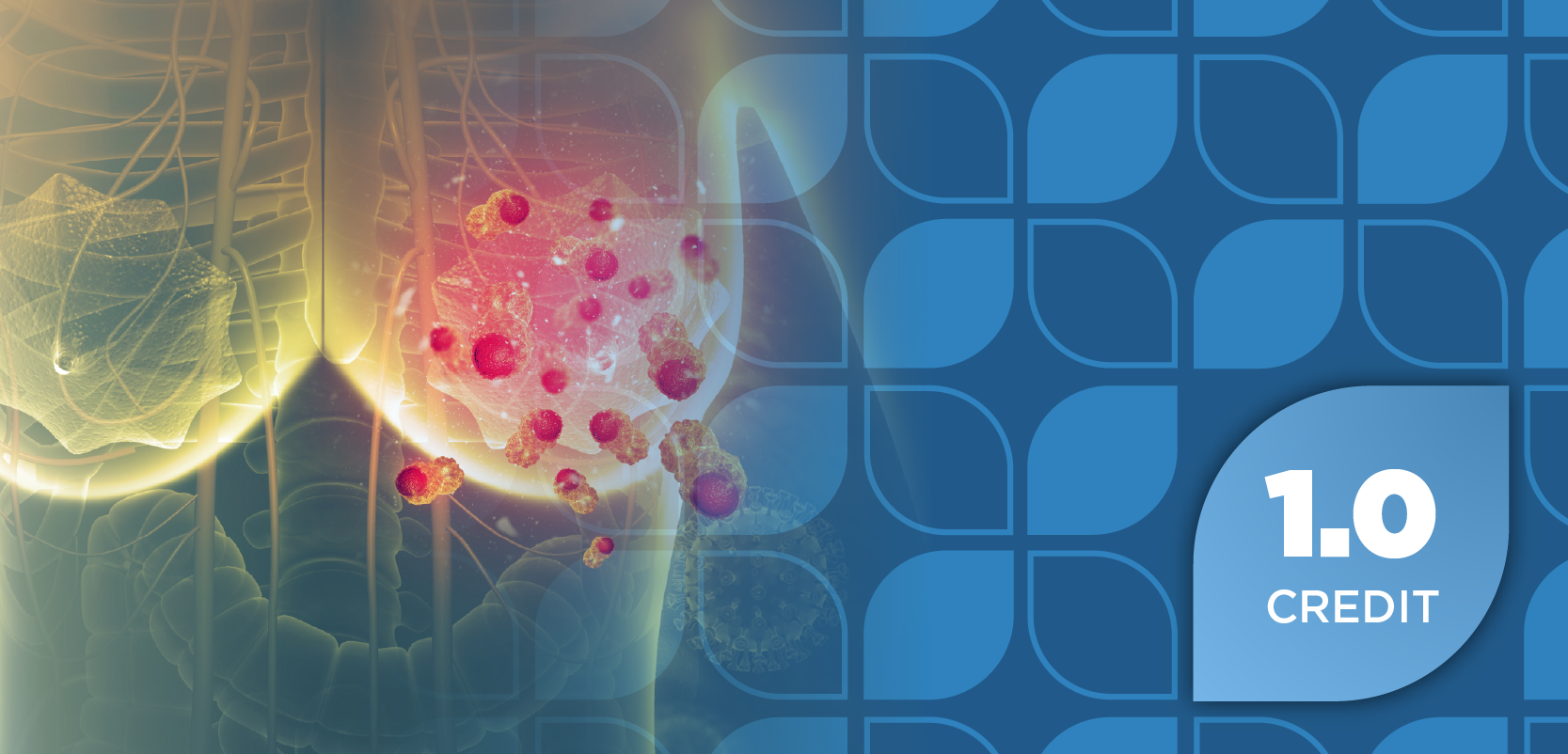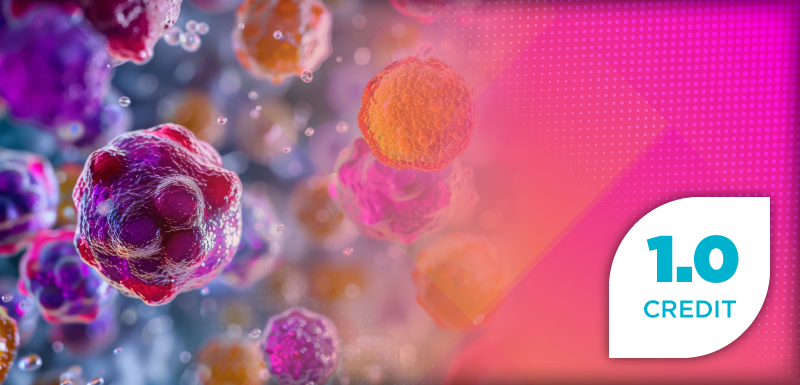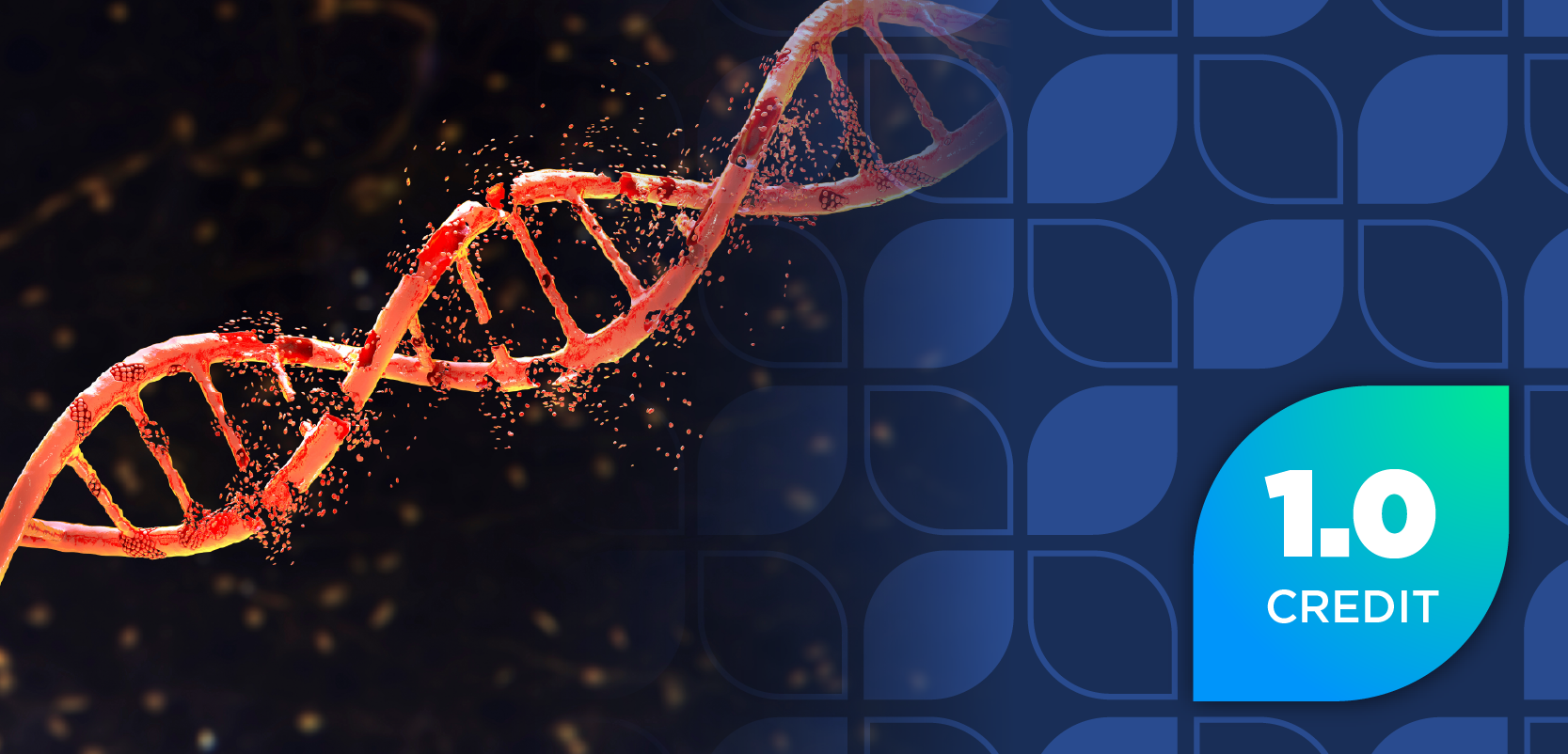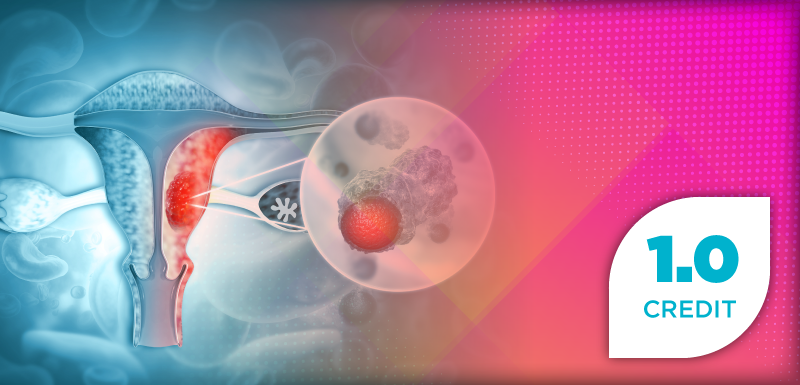
Mental Health Medications Used by 1 in 13 Children in US
A report found wide variations in use of medications to treat emotional and behavioral problems by gender, age, race and ethnicity, household income, and insurance type.
A report found wide variations in use of medications to treat emotional and behavioral problems by gender, age, race and ethnicity, household income, and insurance type.
One in 13 children in the United States is prescribed medication to treat emotional or behavioral problems, a new report finds, and more than half of parents of children taking the medications believe they are helpful.
The April 2014
The report found that the portion of children prescribed medications for emotional and behavioral problems varied by gender, age, and race. Overall, 9.7% of boys were prescribed the medications, compared with just 5.2% of girls. When children were separated into 2 age groups (6 to 11 and 12 to 17), medication use remained higher among boys for both groups. However, a significantly greater portion of older girls were prescribed medications for emotional and behavioral difficulties (6.3%) than were younger girls (4.0%), while the portion of boys given the medications did not vary between the age groups. When analyzed by race and ethnicity, prescribing was highest for non-Hispanic white children (9.2%), followed by non-Hispanic black children (7.4%), and Hispanic children (4.5%).
Medication use also varied by insurance type and household income level. Among children insured by Medicaid or the Children’s Health Insurance Program, 9.9% used prescriptions to treat emotional or behavioral problems, compared with 6.7% of privately insured children and 2.7% of uninsured children. In addition, medication use was more common among children with household incomes below 100% of the poverty level (9.2%) compared to children with household incomes at 100% to 200% of the poverty level (6.6%).
Parents also varied on their perception of the medications’ efficacy. Overall, 55.1% of parents reported that the medications helped their child’s emotional or behavioral problems “a lot,” 26.0% reported that the medications helped “some,” and 18.9% reported that the prescriptions helped “a little” or “not at all.” According to the parents, a greater portion of boys were helped “a lot” by the medication (57.8%) than were girls (49.9%), and more children with household incomes at 100% or more of the poverty level were helped “a lot” (59.2%) compared with children whose households had incomes below 100% of the poverty level (43.0%).
Newsletter
Stay informed on drug updates, treatment guidelines, and pharmacy practice trends—subscribe to Pharmacy Times for weekly clinical insights.

